What Is an Air Brick
Dampness in the house is something none of us want to deal with but is the reality that 12 million people in the UK face every year. Not only does it offer an unsightly image, but poor ventilation in the home can lead to personal illness and a depreciation in the quality of your property. You may be wondering, what is an air brick, and can it solve my issues? If your home does not feature proper ventilation, then this certainly is something you need to know more about.
At I-Sells, we have cemented our position as the leading ducting and ventilation supplier thanks to our extensive knowledge of how to keep homes running efficiently. Air bricks are just one of the many methods that we adopt to keep homes fresh and spaces safe. Keep reading to find out more.
So, what is an air brick?
Air bricks are specially designed ventilation fittings that allow the circulation of fresh air to prevent the build-up of moisture. Essential for keeping floors and walls damp-free, they offer cross ventilation throughout a property which is needed to combat the effects of different types of weather and heat exposure. Air bricks, therefore, provide ventilation within the actual structure of a building to prevent any form of rotting or moisture.
The positioning of air bricks is important, as you can imagine, with one being needed at least every 2m on external walls. They should also be no lower than 75mm above the ground to eliminate the chance of flooding. If you are struggling with damp issues in the home, looking at air bricks as a solution is a great place to start.
You can also get internal air bricks which offer enhanced ventilation for items such as washing machines and cooker hoods. This is important as internal moisture can also lead to damage if it is unable to escape the room properly. Air bricks provided a two-way airflow which keeps the inside of buildings free from the effect of damp.
These building must-haves are also essential for helping properties recover in case of flooding or heat exposure which has caused high levels of condensation. By allowing the air to circulate the interior walls and building structure, any dampness is removed before lasting damage sets in.
Do all houses have external air bricks?
Whilst building regulations for modern homes mean that air bricks are a must-have, a lot of older properties in the UK will likely not have them in place. Older properties are also often more susceptible to the effects of dampness as they feature materials such as timber which is prone to moisture contamination.
You may also find that some properties which are older do contain air bricks, but they may have become blocked and ineffective over the years. It is always worth checking your property to make sure you are properly set up for complete ventilation.
What does an Air brick cover products look like?
Air bricks can come in many different forms and are often designed to fit seamlessly into the design of your exterior and interior walls. The most common materials are metal, plastic, brick and terracotta as they are all extremely long-lasting and able to withstand the elements well.
Here are just a few examples of different types of air bricks that we stock to cover all needs:
Kair System 204 Rectangular 204x60mm
White Air brick / Grille – Plastic Ducting
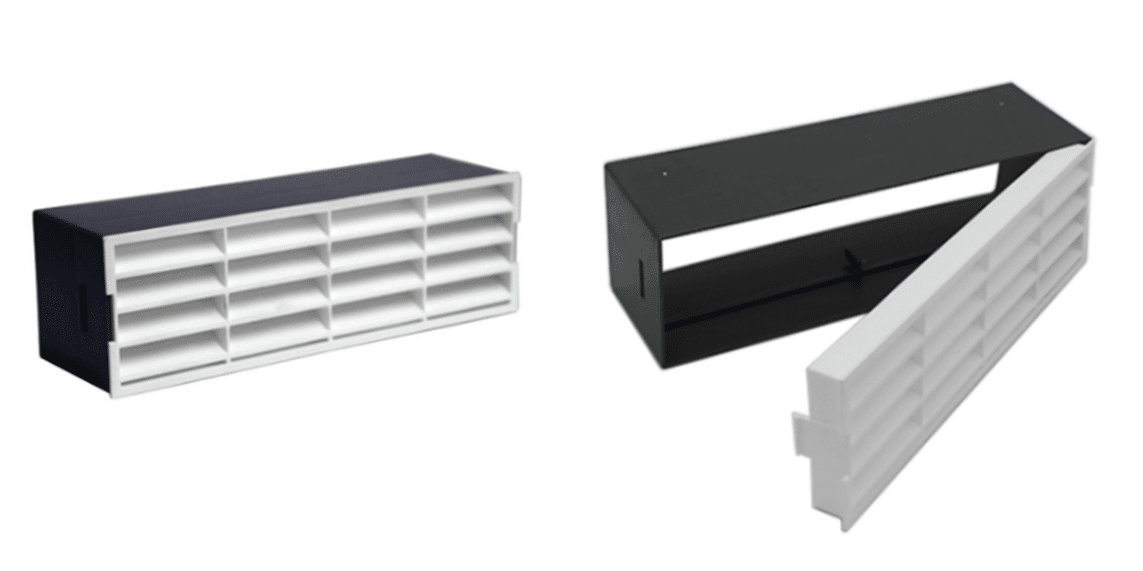
Some air bricks will feature plastic ducting which is highly durable when subjected to heat and the elements. Whether you need to use it to reduce dampness in a particular room, such as the kitchen, or as a whole home ventilation technique, these streamlined designs are a great choice for homes of all ages. This type of air brick features a removable grill which is much more practical than solid, built-in designs as it allows for the fittings to be replaced easily if needed.
Kair System 204 Double Air brick Adapter with White Fitted Grilles
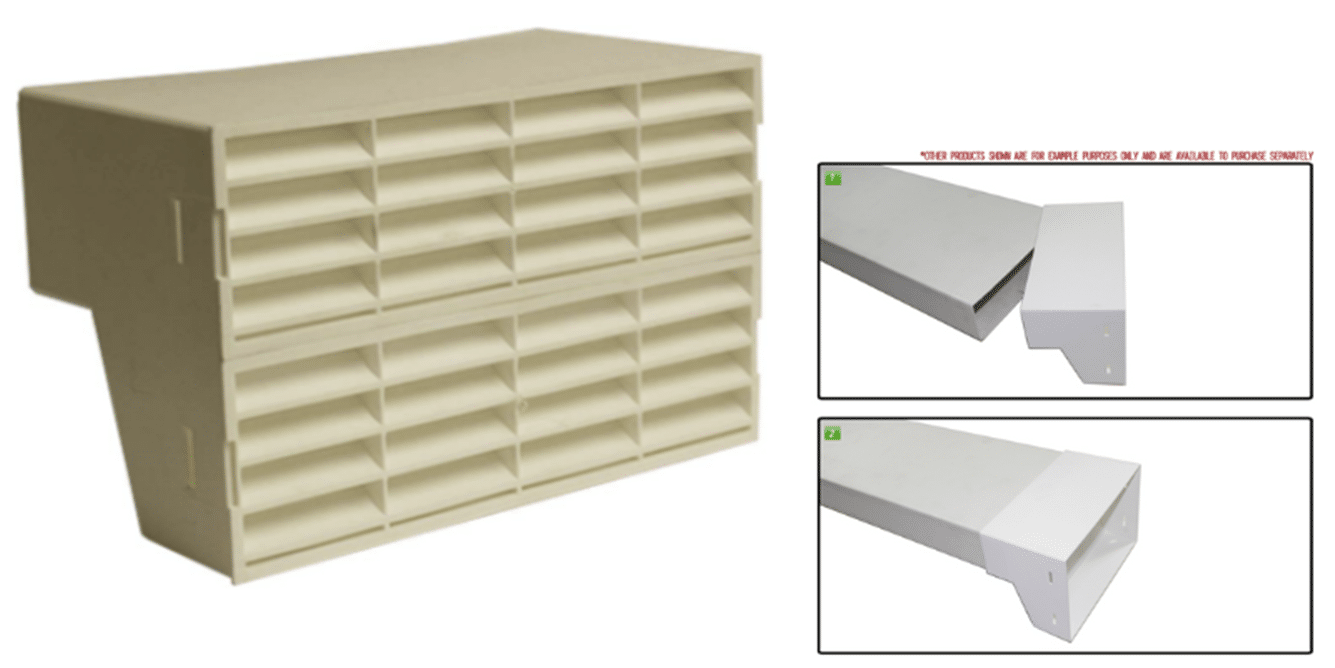
Air bricks can also be used to sit on the end of a duct pipe when additional airflow is needed. This type of air brick brings in additional air to ensure areas such as kitchens and bathrooms are provided with adequate ventilation.
Domus Megaduct 220 x 90mm Double Air brick – Plastic – White
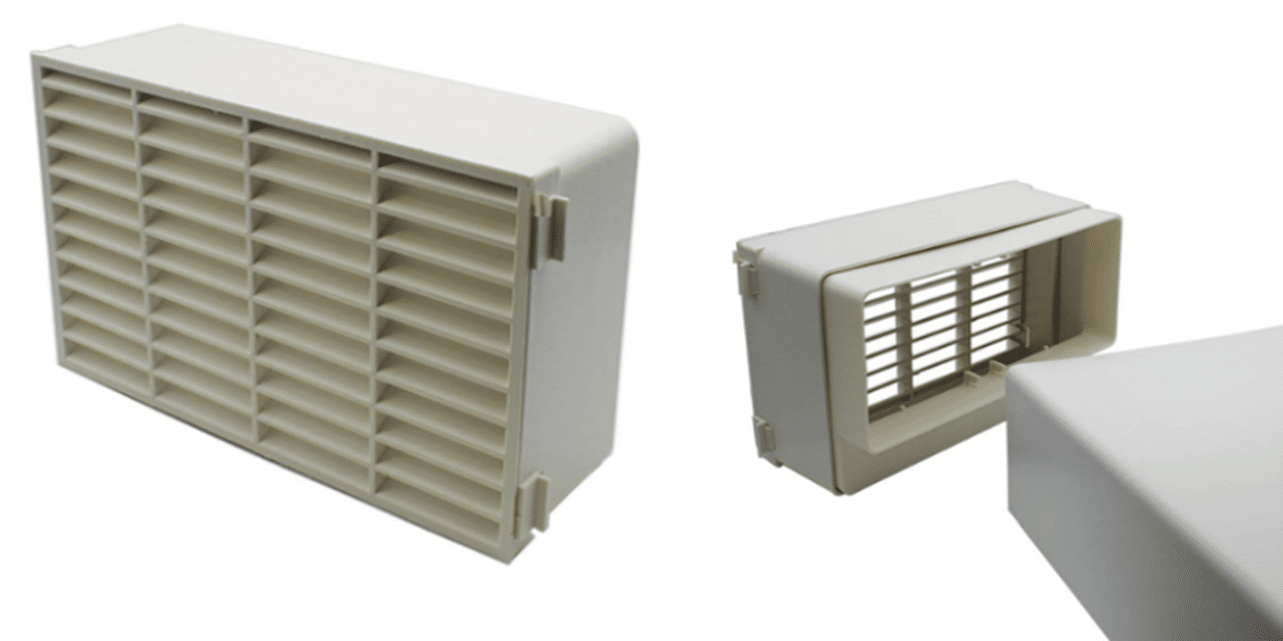
Double-air bricks are also popular for larger buildings so if you are looking to improve ventilation in a large square-foot area, this is perfect for you. These also allow for fewer bricks to be fitted if you are adding new ventilation into an older home thanks to the large design.
Rytons 9X6 Solid Brass Louvre Ventilation Grille
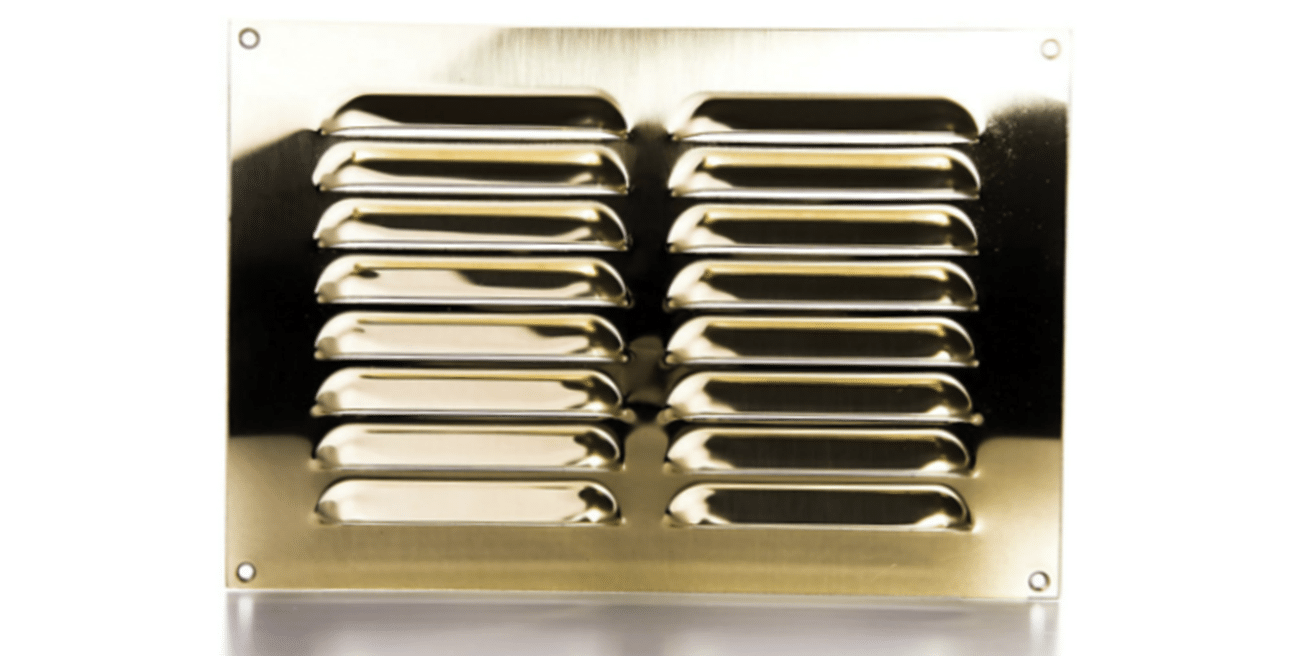
Another form of improving airflow within the home is to add a grill instead of a traditional air brick.
Does an air brick vent cover allow mice to get into the home?
Rodent infestations within the home are on the rise. Unfortunately, these sneaky little animals can fit through air bricks if a sufficient cover or mesh is not in place. An adult mouse can fit into a space which is 6-7mm in diameter, meaning that most air bricks offer a way in. That is why all of our designs feature either ventilation which is too small for mice to fit through, boasting secure mesh ventilation grills or feature interior components that stop the little visitors.
If you find that mice are coming in through your existing air brick, it is likely time to invest in a new solution.
Do air bricks stop dampness from coming into homes?
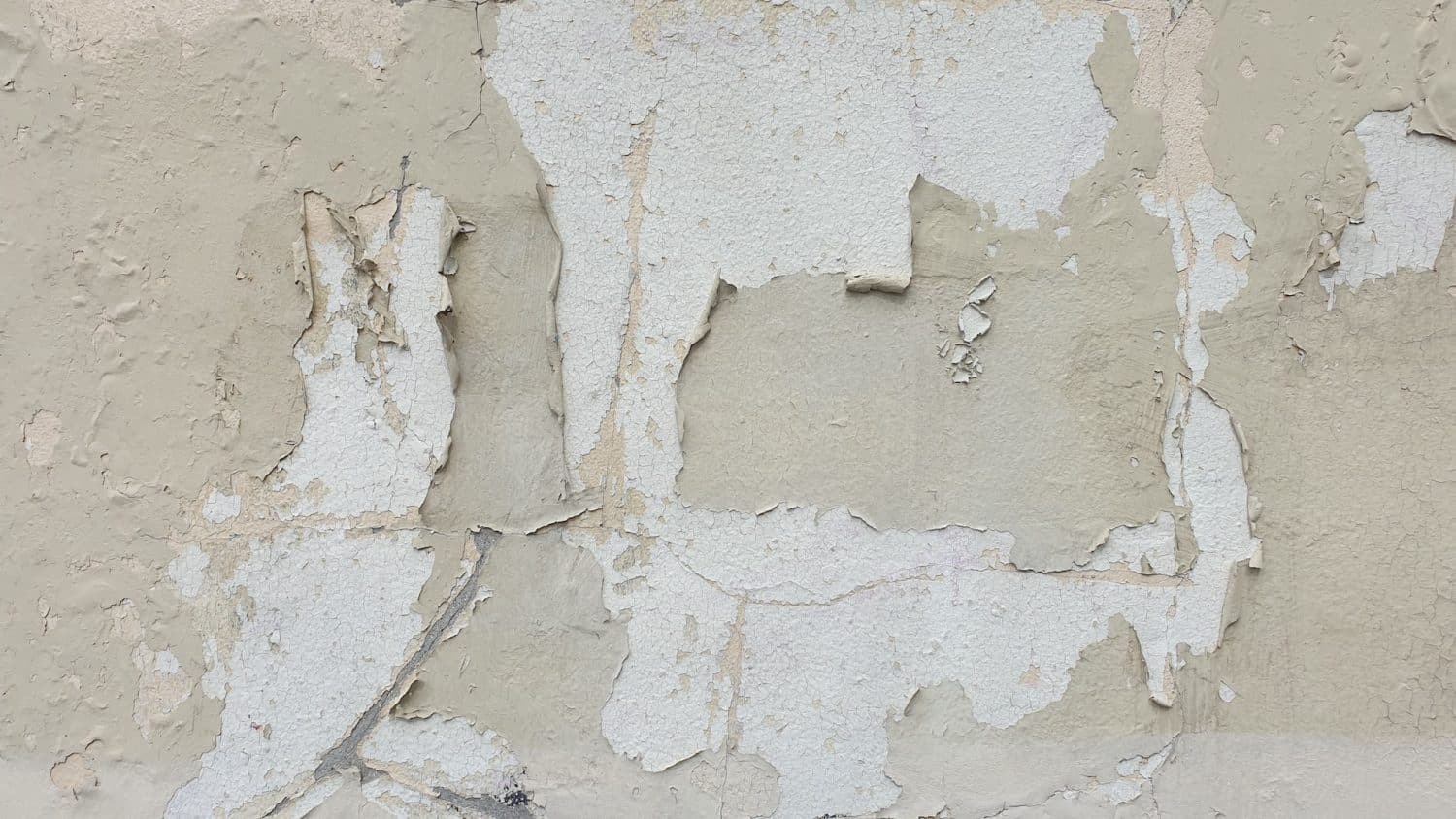
Air bricks don’t stop dampness completely, but they do help. A well-positioned and installed air brick will reduce the chance of moisture from settling which prevents dampness, mould, and mildew. Ventilation is essential for also maintaining the structure of your home, as, without it, integral components would start to rot away without you even knowing.
Alongside air bricks, you should also consider the following methods to reduce dampness in the home:
- Use anti-mould paint for warmer, damp-prone areas as this will prevent spores from starting to spread.
- Ensure your windows and door seals are secure so as not to allow any damp air in.
- Keep your gutters clean and free from any build-up as this will prevent water from draining away properly and can, in turn, bring dampness into the home.
- Invest in a digital hygrometer to monitor dampness so that you can open a window or door if the levels start to rise. You can also follow our top tips for reducing condensation which can be found here.
Can rain get into air bricks?
If your air brick is not positioned properly, you may find that rain starts to enter it which undoes the good work that you are trying to achieve. You will notice with our designs that we include features such as angled grilled to ensure that the elements cannot enter your home.
Should flooding be an issue that your home is susceptible to, you will need to choose a product that is specially designed to withstand excessive water flow.
What happens if you block air brick ducting?
Air bricks should never be blocked or filled as this will result in rot and dampness. Part of your annual home inspections should include checking that your air bricks are free from blockages and doing their part to keep your building ventilated.
Some older homes, such as Victorian ones, will likely feature metal air bricks that have rusted or become clogged over time. If you live in a property that is suffering from an obstructed air brick, you will likely experience not just dampness but also structural issues that become a much bigger issue if left untreated. Our collection of air bricks can be used to easily replace old and blocked products.
Do cavity walls need air bricks?
No, you should not install air bricks in cavity walls. The very purpose of these walls is to keep a building airtight and free from moisture. You should instead use air bricks within external walls as this will maintain the integrity of the building’s interior.
Ensuring a building is properly ventilated is included in the Building Regulations Approval Document 2010.
Do you need an air brick if you have a wood-burning stove or fireplace?

This is something we get asked frequently and we are not surprised as more than 1.5 million homes in the UK use wood-burning stoves as their main form of heating. With many people looking to buy alternative forms of heating given the gas levels crisis, we do expect more people to be choosing the option of a wood-burning stove.
You are not legally required to install additional ventilation, but it is recommended if you have a wood burner which distributes more than 5kw of heat at a time. Please do get in touch with us to find out more as we can always advise you on the best ventilation for your home.
Do you need a new improved aeration in your home? Hopefully, if you were wondering, ‘what is an air brick’, you are now armed with all the information you could possibly need.

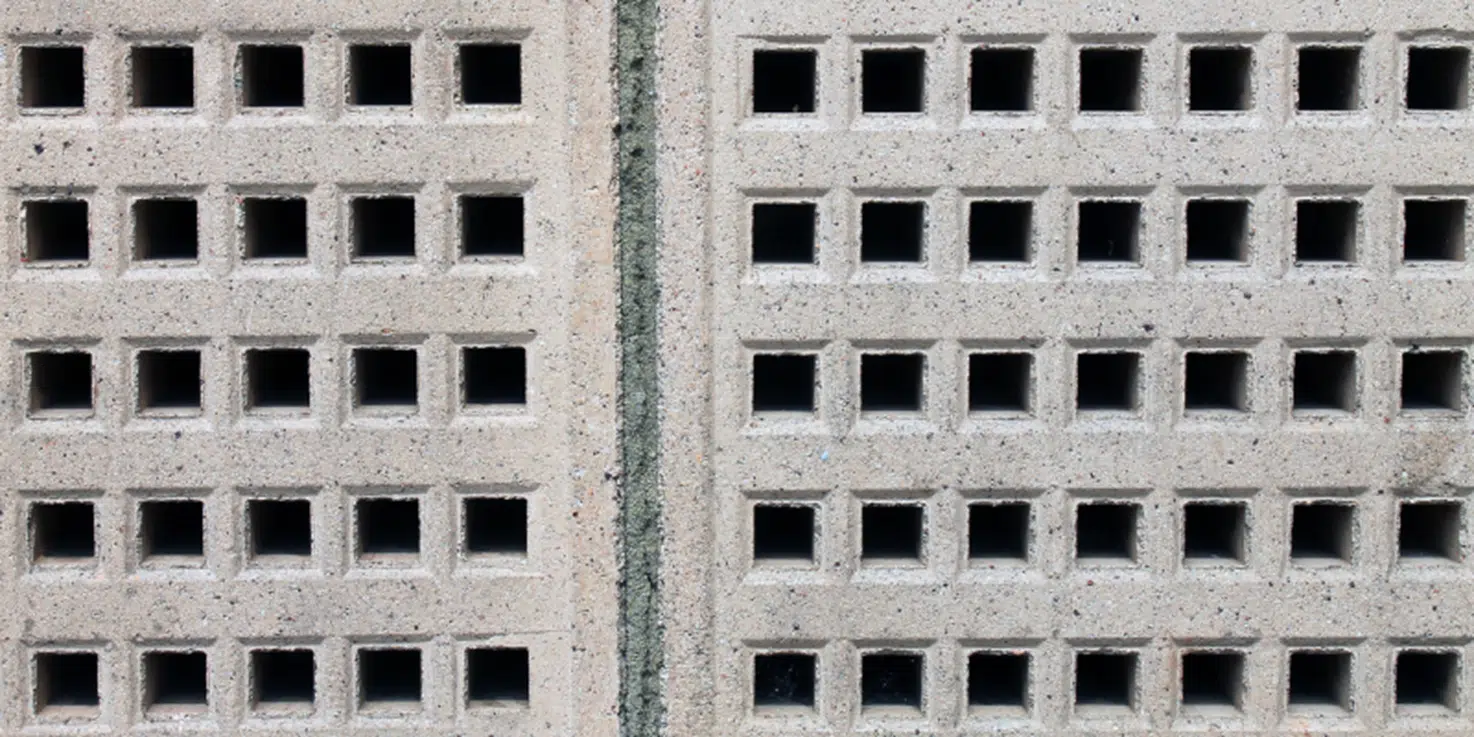


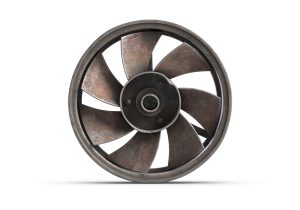

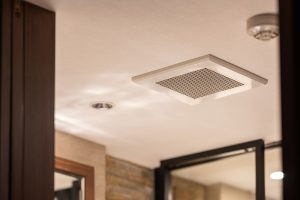





















Add comment
You must be logged in to post a comment.